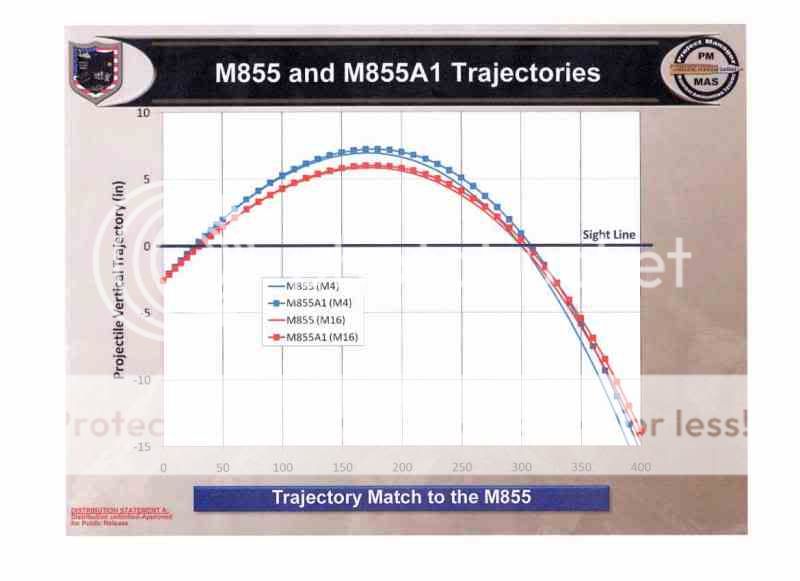M855 was designed to penetrate a ballistic helmet at longer range.
Unfortunately, it is a very stable round, so sometimes, when it hits the target, it drills right through, leaving a .223" hole. M193 (55 grain) and M262 (77 grain) are much less stable, so when entering the target, they "exhibit excessive yaw deviation." Which means they tumble and fragment. So better performance on soft targets.
The military is going to the M855A1, which is much improved soft target performance. This is not available to the public.
I do wonder if it ever will be. I kind of suspect no, but I also don't know that it would technically be AP under current ATF regulations. I am sure it is one of those where they are cranking out as many for the military as they can and don't see a current market for what is probably $1+ per bullet ammo on the civilian market. Well, not when their production is tied up.


